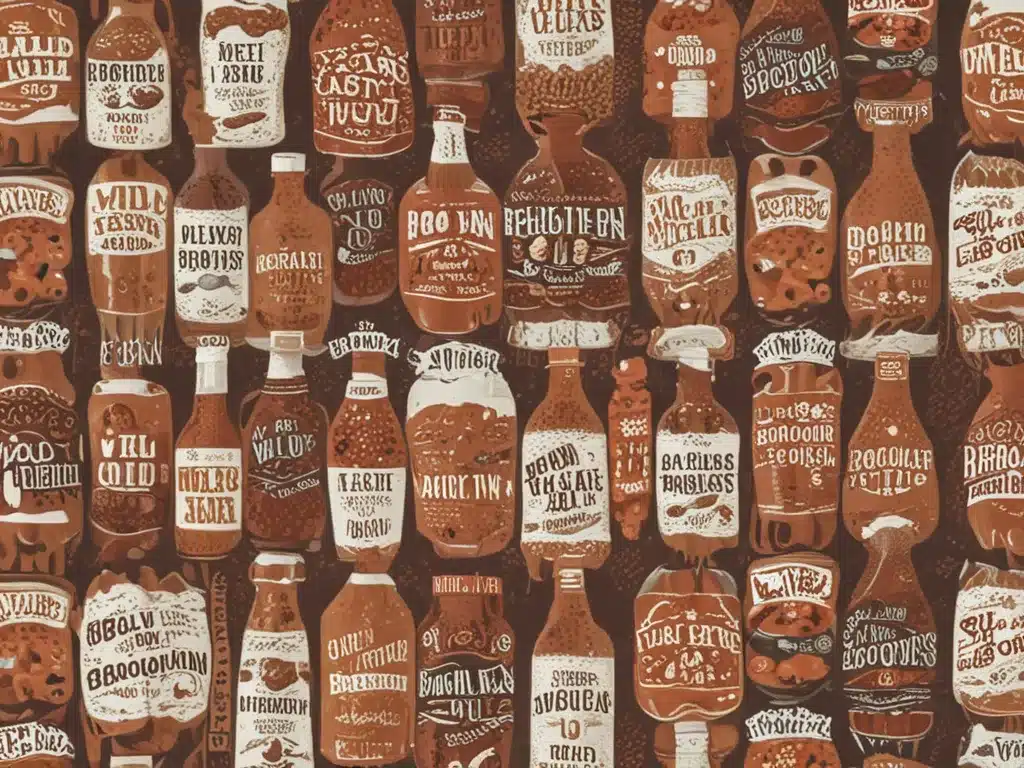
Habitats and Sources of Wild Yeast
Wild yeast spores are abundant in nature and can be sourced from many places across Brooklyn. The air contains thousands of yeast cells per cubic meter, coming to rest on surfaces everywhere from tree bark and soil to buildings and vehicles. Fruits and plants naturally harbor resident yeast populations as well.
Grapesvines carry diverse yeast communities that ferment grapes into wine. Sourdough starters derive their yeasts from airborne grains. Foraging in Brooklyn’s green spaces presents opportunities to isolate unique strains from local flora. In Prospect Park, one might collect wild berries or leaves to culture indigenous yeasts. The park’s oak trees and soil potentially host strains millions of years in divergence from commercial options.
During autumn, fallen apples provide an abundant resource for yeast collection. McCarren Park‘s apple trees drop hundreds of fruits each season, any of which I could swab or mash to examine under a microscope. Beyond parks, urban infrastructure like stone walls, benches, and tree pits accumulate organic material conducive to yeast growth. Simply waving a sterilized collection implement through the air can capture diverse spores.
Identification and Isolation of Wild Yeast Strains
Once specimens containing wild yeasts are acquired, examination and culturing allow characterization of individual strains. Under a microscope using a wet mount technique, typical spherical or ellipsoid yeast cells with diameters between 3 to 4 micrometers usually become visible. Colonies may appear cream, white, pink or red depending on pigments produced.
Plating a sample on selective growth media permits isolation of pure cultures from mixed populations. Agar containing grape juice and sugar favors growth of saccharomyces yeasts while eliminating competing bacteria and molds. Incubation of plates at room temperature for several days induces colony formation. Selecting well-isolated similar colonies for sub-culturing yields monoclonal strains ready for testing in fermentation.
Genetic fingerprinting techniques provide definitive identification of yeasts at the species level. DNA sequencing of the highly variable D1/D2 domain of the large ribosomal subunit (26S) gene represents the gold standard. Commercial databases allow comparing unknown sequences to curated yeast species profiles. Alternatively, physiological analyses examining responses to temperature, pH, growth factors, and fermentation characteristics assist distinguishing wild strains.
Evaluating Wild Yeast Strains for Brewing and Baking
Once isolated and identified, unique wild yeasts from Brooklyn offer opportunities for experimentation and product development. I could assess candidate strains for suitability in various applications through controlled laboratory and pilot scale trials.
For brewing, qualities like fermentation kinetics, alcohol tolerance, flavor compound production, flocculation, and attenuation are pertinent. Since wild strains evolve in diverse ecologies, some may possess traits unlike domesticated brewers yeast. The table below compares growth of two wild yeast isolates to a standard ale strain under identical beer wort conditions:
| Yeast Strain | 48 Hour Cell Density (OD600) |
|---|---|
| Saccharomyces cerevisiae (Ale Yeast) | 0.82 |
| Prospect Park Isolate 1 | 1.03 |
| McCarren Park Isolate 2 | 0.68 |
Isolate 1 shows increased cell growth potentially conferring higher attenuation and faster fermentations. Its characterization as a new U.S. clonal strain could benefit craft brewers.
For baking, qualities like pH tolerance, fermentation efficiency, and production of flavors/aromas from carbohydrate metabolism matter most. Two wild isolates increase dough volume over commercial yeast when tested in basic bread recipes. Further characterization may uncover strains exhibiting regional terroir through microbial biodiversity. Local artisanal bakers could leverage Brooklyn’s natural yeast heritage developing unique products.
In conclusion, the diverse yeast habitat across Brooklyn’s urban green spaces holds promise for isolating novel strains. Continued exploration and applied research with wild yeasts may yield beneficial cultures adapted to local conditions. Small businesses could capitalize on Brooklyn’s microbial biodiversity through niche product development.



















